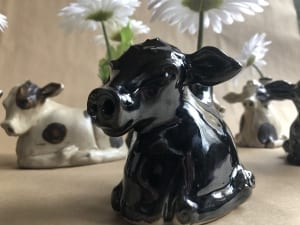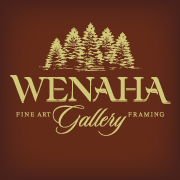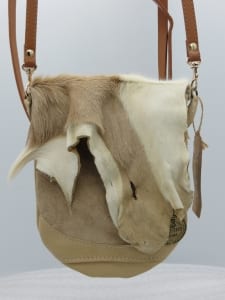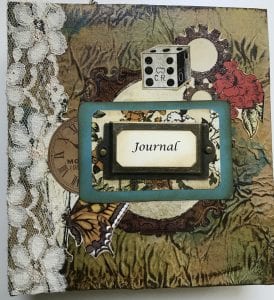What’s Important? Then Do It — Pottery by Collista Krebs

The texture, the feeling, the form of the pottery work is as important as its visual presence. Cowboy and Bull, original pottery sculpture by Collista Krebs.
If something is important to us — really REALLY important — we somehow find time for it. Given that we are human and not omniscient, omnipresent, and omnipotent, this commitment means that something else has to go by the wayside, but the exchange, we feel, is worth it.
For Collista Krebs, the choice came during nursing school, when one of her classmates announced that she was leaving the program. The colleague had just taken a ceramics class and decided to pursue pottery instead of nursing.

In a state of gentle repose, a seated woman is graceful and relaxed. Original pottery sculpture by Collista Krebs.
“Right then and there I made up my mind: ‘I am going to do that too, only I am going to become a nurse first,’ and so I did,” the Colbert, WA, pottery artist says.
“After getting a BSN, I enrolled in a community clay class, and depending on my job, children, injuries and travels, I have always carved out time for clay.”
Time and Practice Are Important
That time has not always been a wild foray into creativity, along the lines of what we would see glorified in a movie. In real life, Krebs has worked as a ghost potter and “clay slave,” both experiences important to honing her skill through hard work and repetition.
“A ghost potter is someone who throws someone else’s shapes and signs the work as coming from that gallery,” Krebs explains.
A clay slave, she adds, loads and fires kilns, makes glazes, and does “other unglamorous jobs that only a true clay junky would find exciting.”

An important part to the day is sitting and thinking, as do these ceramic cows with daisies, by Colbert potter Collista Krebs
Years of this work developed her skill with both handling clay and designing, and she now runs her own business, Jupiter’s Clayworks. She specializes in high-fire stoneware that is reduction fired, a technique that her husband dubs high stakes gambling for potters.
“I will take three months’ worth of work and put it into the kiln and cross my fingers. I’m hoping that the bottom of the kiln reaches the correct temperature before the top of the kiln overfires and destroys the glaze.”
When you fire clay up to temperatures of 2,400 Fahrenheit, she adds, things stick to the shelves or get bumps or pockmarks — “all sorts of things.
“I have come to love these blemishes. They are texture, stories, experience gained by fire.”
Unique and Individual Are Important
Each piece is unique, as is the creator. And this is important, as it should be, Krebs believes, because art, like its creator, reflects the individual — his or her outlook on life, experiences, likes and dislikes, interpretation of the world surrounding. To elucidate, Krebs described an experience that “rocked her world,” one that now permeates her work as a potter:
While at Boston University Hospital, Krebs interviewed a young, suicidal blind woman and asked her to describe something that she was proud of. The woman responded that she was proud of her ability to dress well, going into great detail about her fashion talent.
“I was thankful that she could not see my face, because my first thought was, ‘Man, someone is really messing with this woman because she looks terrible!’
“But with further exploration, she revealed how she had been totally blind since birth, and how she dressed for sound and texture. How she ‘looked’ to people with vision had absolutely no influence on her decisions.”
Different textures rubbing together made distinctive sounds — bells on her purse and crumpled up chip bags sewn into her pockets warned of pick pockets.
“Ever since that encounter, I have asked myself, Would a blind person like my work? Does it feel good and balanced? Is there texture? Could one conjure up a tale after holding it in their hand?
“Personally, I think that even sighted people should ask themselves these questions.”
New and Innovative Are Important
She is always trying new things, Krebs says — both in how she thinks, and what she does. Success is determined by an assortment of factors, most of which, ironically, can’t be seen.
“If my work feels good and rings true when flicked with my finger, I consider it a success.”
That’s important. Important enough to take time to do.
 Collista Krebs is the featured Art Event at Wenaha Gallery from December 1 through December 31, 2020.
Collista Krebs is the featured Art Event at Wenaha Gallery from December 1 through December 31, 2020.
Contact the gallery, located at 219 East Main Street, Dayton, WA, by phone at 509.382.2124 or e-mail art@wenaha.com. Gallery hours are 9 a.m. to 5 p.m. from Monday through Friday, and by appointment. Visit the Wenaha Gallery website online at www.wenaha.com.






























